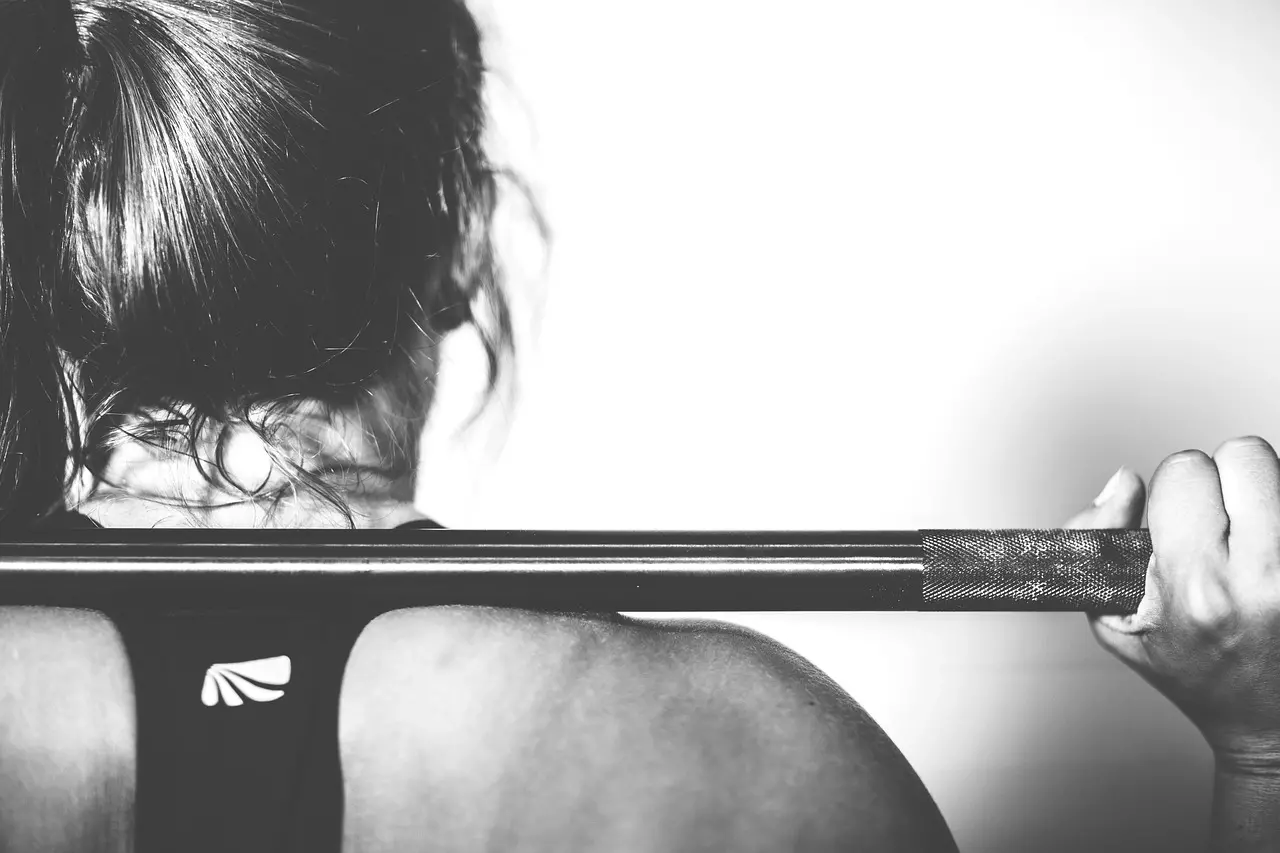Sports betting is always going to involve a degree of luck. However, the odds are a great indicator as to how likely a bet is to win. When setting the odds, bookmakers take into account numerous different factors before arriving at the number.
Of course there is no way to know beforehand which bets will win, but bettors can use the odds, whether they are decimal or fraction, to find out which bets have a higher chance of winning and which are longshots.

Implied Probability
Implied probability is a percentage that shows how likely a bet is to win based on the odds of that specific bet. As well as showing a percentage of the chance a bet has to win, it can also be used by punters who use systems to determine which bets they want to place and how much they want to stake on them.
Probability can be calculated as a number from 0 to 1, and this is then multiplied by 100 to become a percentage to show what percentage chance individual bets have of winning. When a number is close to 1, it means that the bet has a higher chance of winning, but numbers can be as low as 0.001, which translates to a mere 0.1% chance of winning.
Decimal Odds
With decimal odds, bettors can calculate how much they stand to win by multiplying the odds against how much they stake. This makes it quite easy for bettors to understand and use, but how do these odds translate to probability?
To find out the probability of a single bet, the formula is the following:
- Divide 1 by the decimal odds, then multiply by 100 to get the percentage.
Here are some examples of how bettors can find the percentage of how likely different decimal odds are to win
Odds of 2.0 have a probability of 1/2 x 100 = 50%
Odds of 1.5 have a probability of 1/1.5 x 100 = 66.7%
Odds of 2.5 have a probability of 1/2.5 x 100 = 40%
Odds of 4.0 have a probability of 1/4 x 100 = 25%
Odds of 10.0 have a probability of 1/10 x 100 = 10%
Fractional Odds
Fractional odds differ from decimal odds in that they show how much the potential profit of a bet is rather than the full return. In bets such as 3/1 or 4/1, where there bettor stakes €1, they stand to win €3 and €4, respectively, although the full returns will be €4 and €5 because the original stake will also be returned.
When it comes to calculating the probability of fractions, bettors need to take the extra step of adding +1 to the fractional odds to represent the original stake. The formula for calculating the probability in fractional odds is otherwise almost the same as the formula for calculating the decimal odds:
- 1 divided by the fractional odds plus 1 (for the original stake), multiplied by 100.
Odds of ½ have a probability of 1 / (½ + 1) x 100 = 66.7%
Odds of ⅓ have a probability of 1 / (⅓ + 1) x 100 = 75%
Odds of 2/1 have a probability of 1 / (2/1 + 1) x 100 = 33%
Odds of 5/1 have a probability of 1 / (5/1 + 1) x 100 = 16.7%
Odds of 10/1 have a probability of 1 / (10/1 + 1) x 100 = 9.1%
How Can I Use Probability
When placing sports bets, such as on tennis or football, most punters will have their own opinion about who will win the next game. As the odds are calculated by a mathematical model using statistics from previous games, punters who have a good knowledge of the game may have some insights that may help them to place winning bets.
It is important to note that the implied probability comes directly from the odds offered, so bettors should not always avoid the bets with lower percentages. There may be games where a team is highly unlikely to win a match just because they have a key player injured or they have recently dipped in form. While it is true that the actual chances of the team will not be helped by a poor run of form, it can also be a source of inspiration for teams who do not want to give up and will do anything they can to turn their luck around.
When betting on sports such as horseracing, and you do not want to do any research, the odds will be a great indicator of which horses have the best chance of winning the race. Bettors can use this as a good way of determining how much they want to stake from their overall budget.
In the end the best way of finding out which bets have the best odds is to try to look at the implied probability of bets and then try to determine what percentage you would give the same bet. After all, in the end implied probability will not play a factor in the following sporting game or match, and anything can happen.
 10 Reasons Why VR Casinos are the Future of Online Casino Gaming
10 Reasons Why VR Casinos are the Future of Online Casino Gaming 2024 WNBA Playoffs: Preview and Betting Markets
2024 WNBA Playoffs: Preview and Betting Markets 10 Unconventional Tips for Responsible Gambling in 2024
10 Unconventional Tips for Responsible Gambling in 2024 Slot Machine Design and Player Psychology Explored
Slot Machine Design and Player Psychology Explored Have Live Dealer Games Reached Their Full Potential?
Have Live Dealer Games Reached Their Full Potential? Melinda E.
Melinda E. Hayley M.
Hayley M. Sergiu M.
Sergiu M.